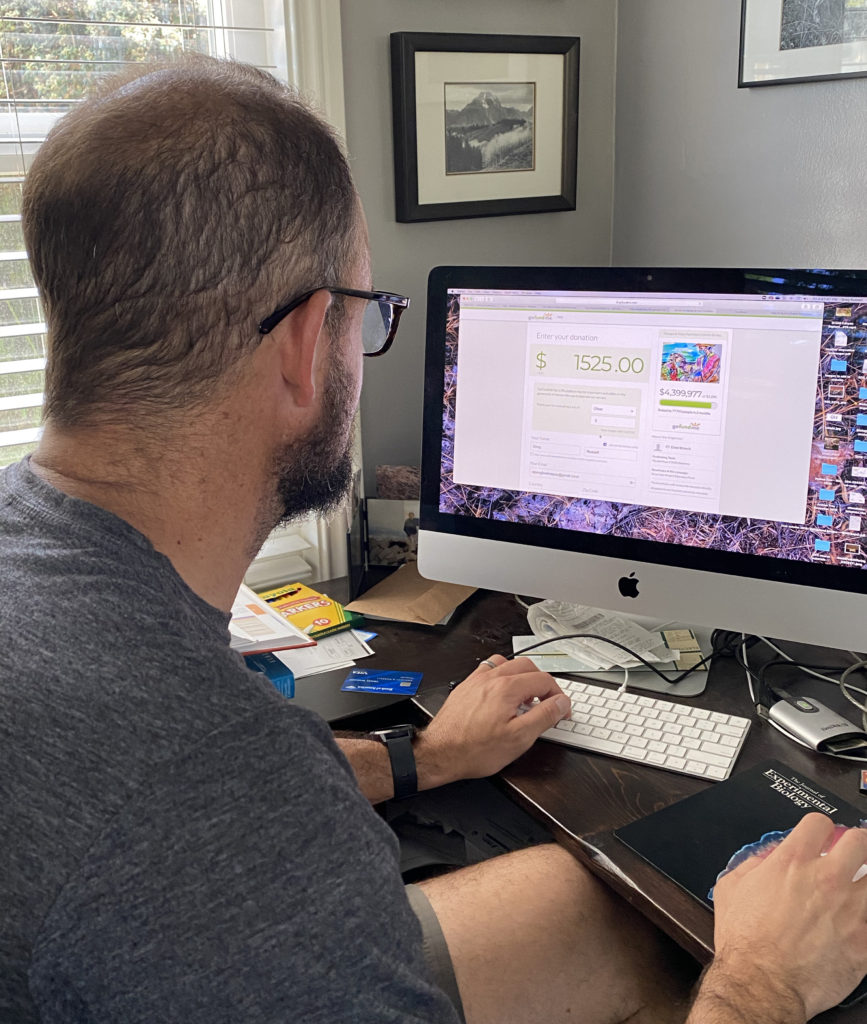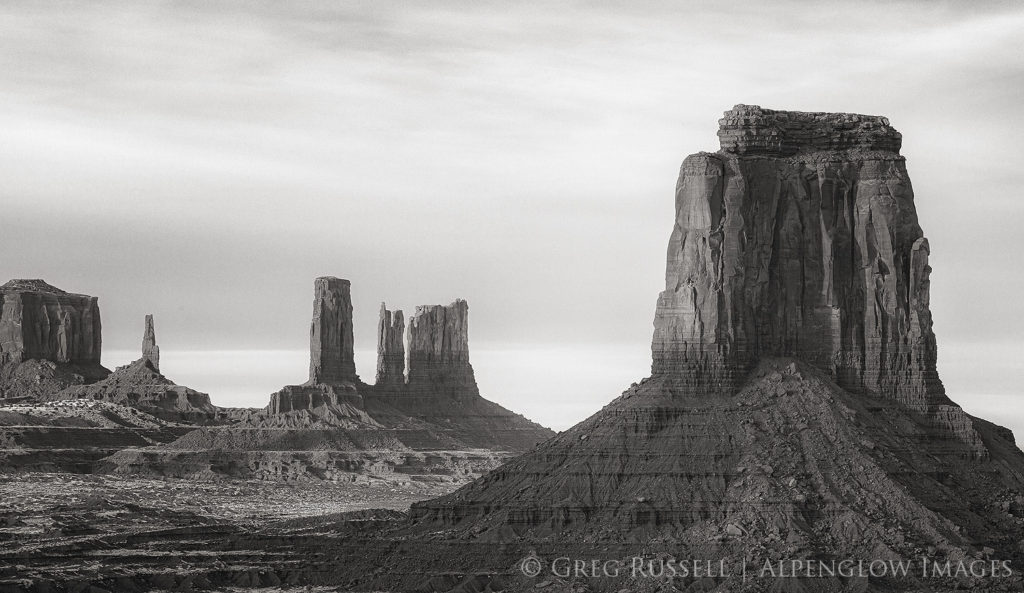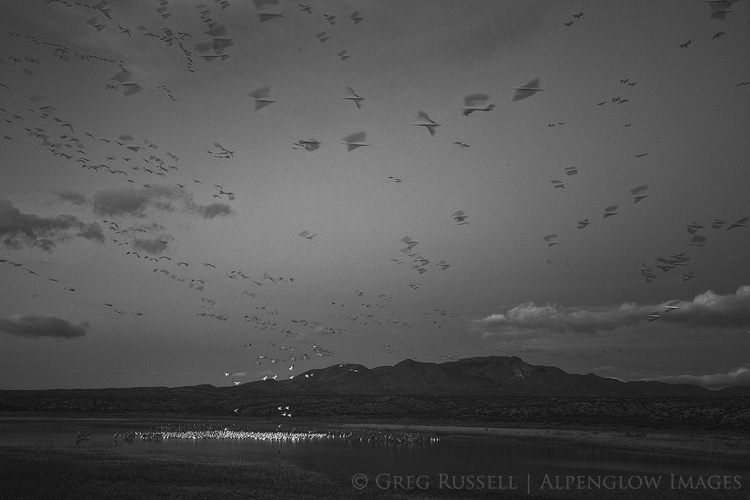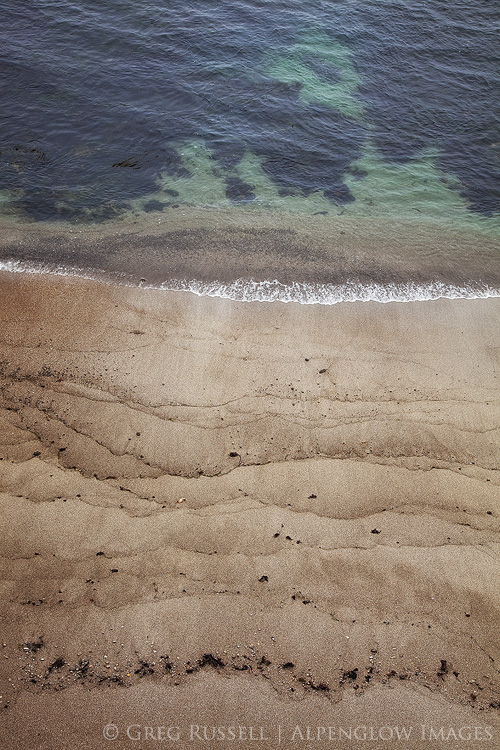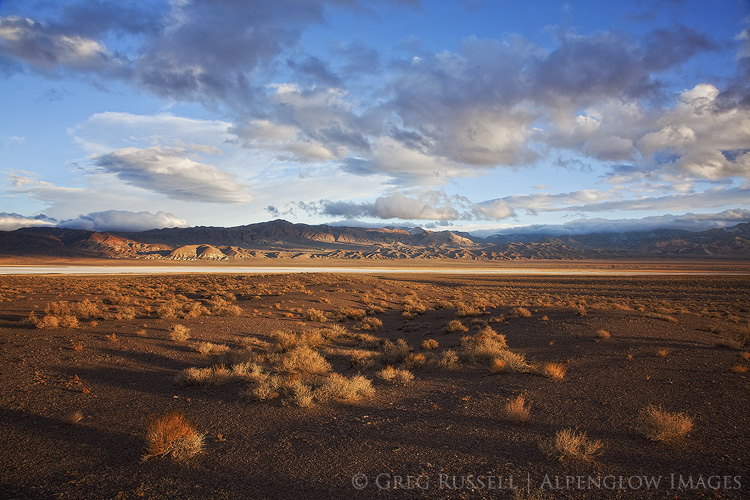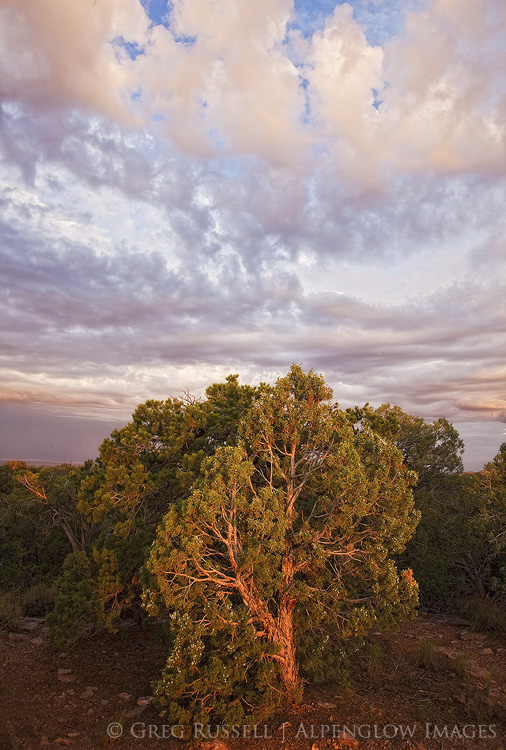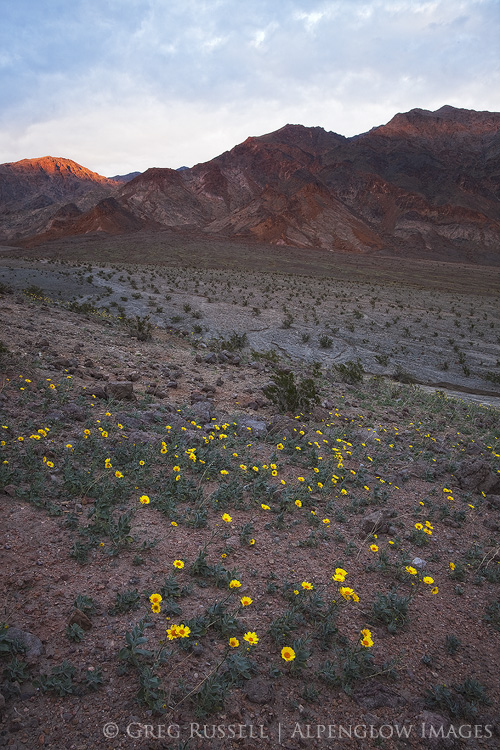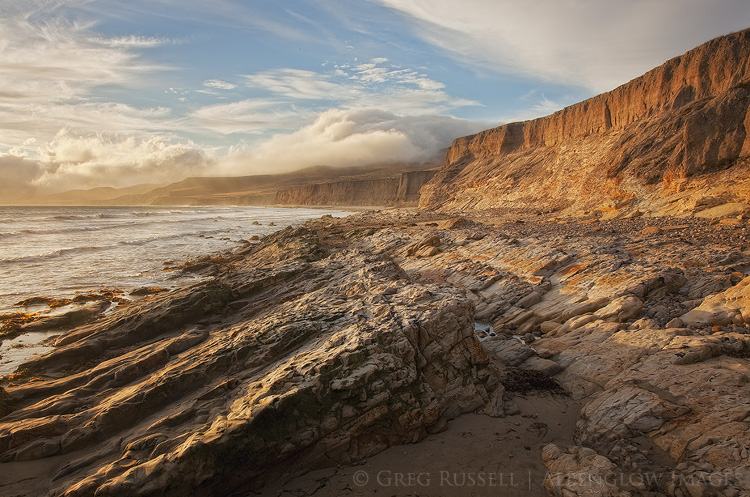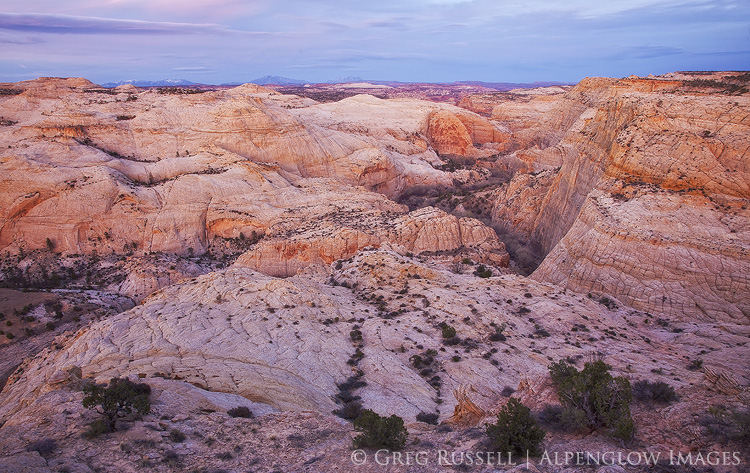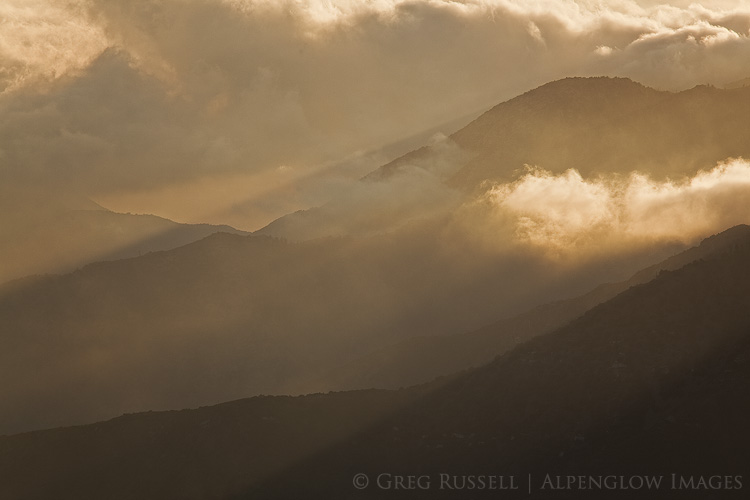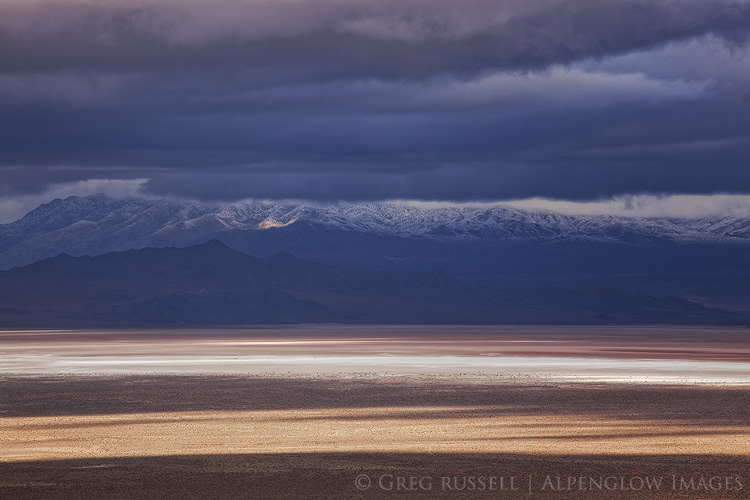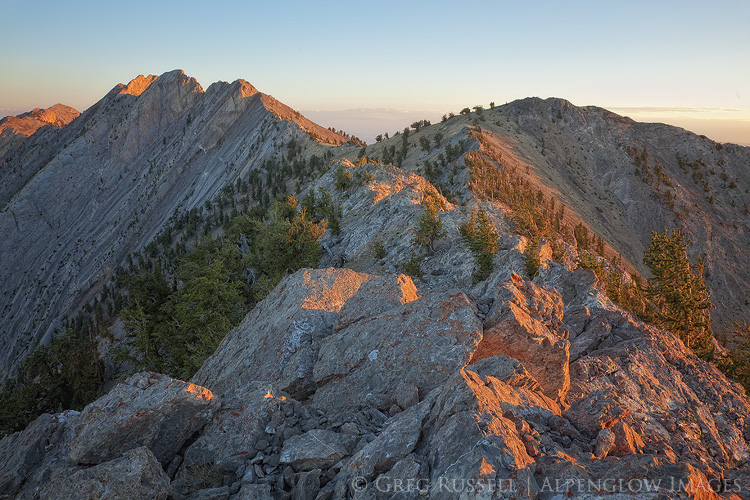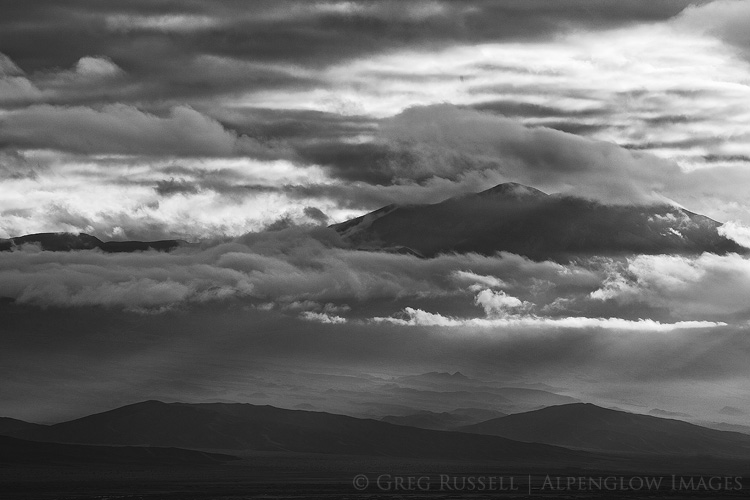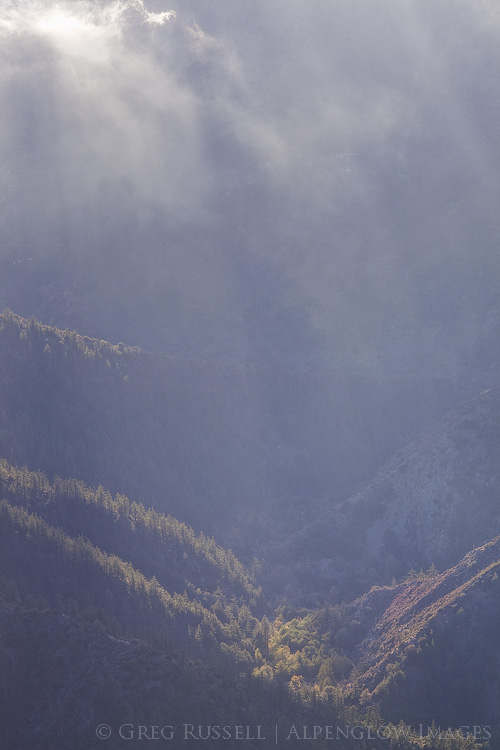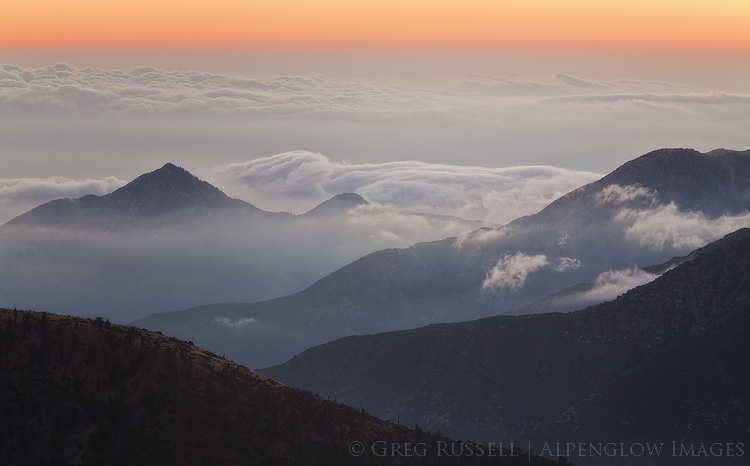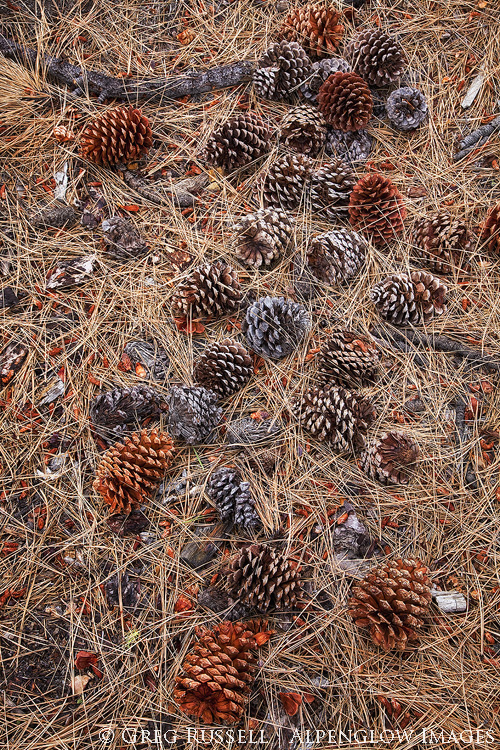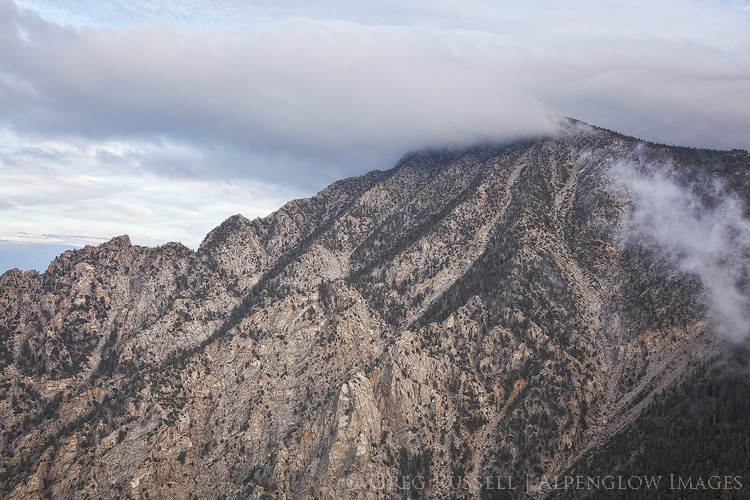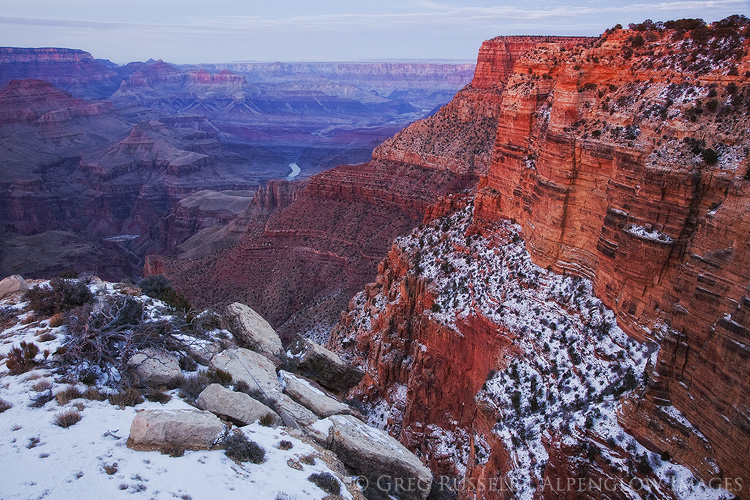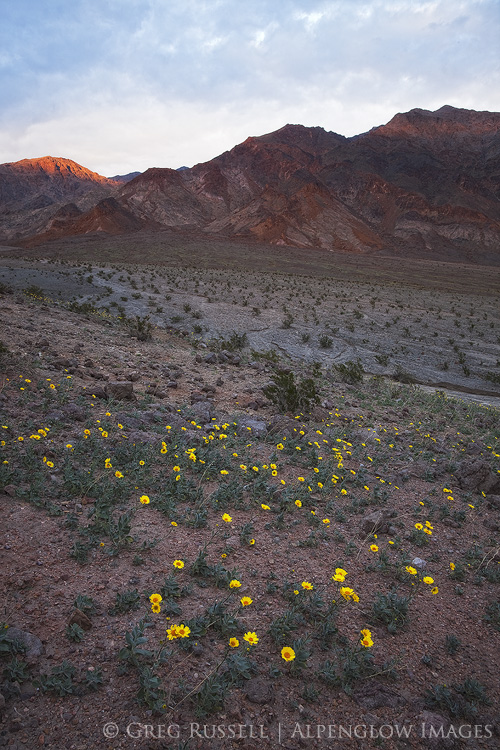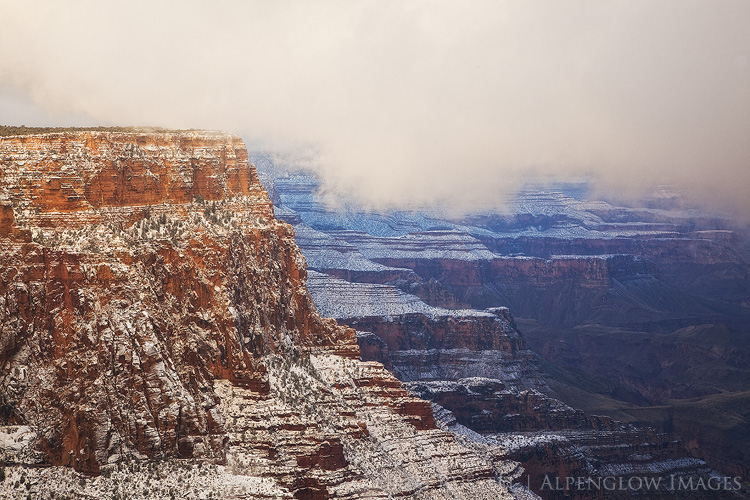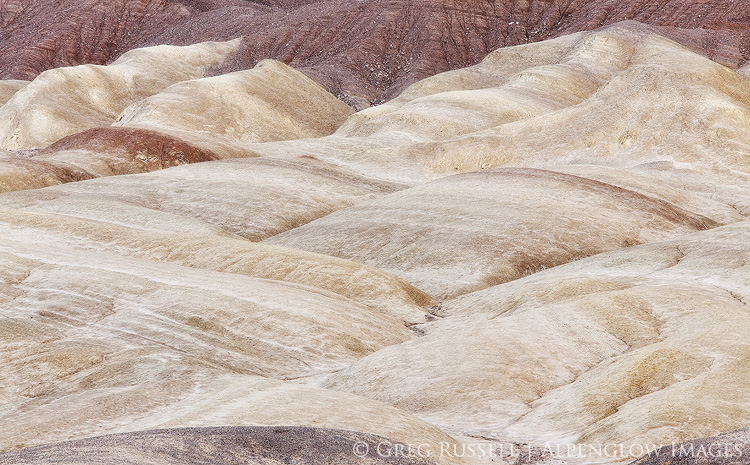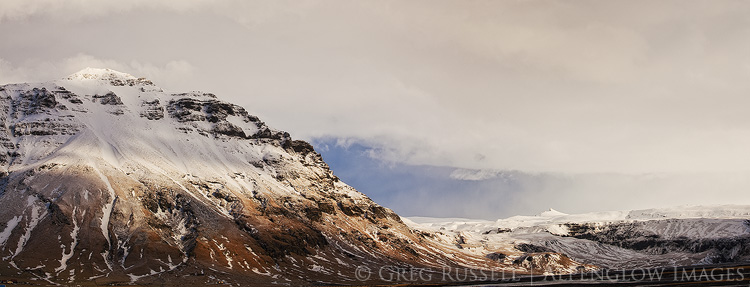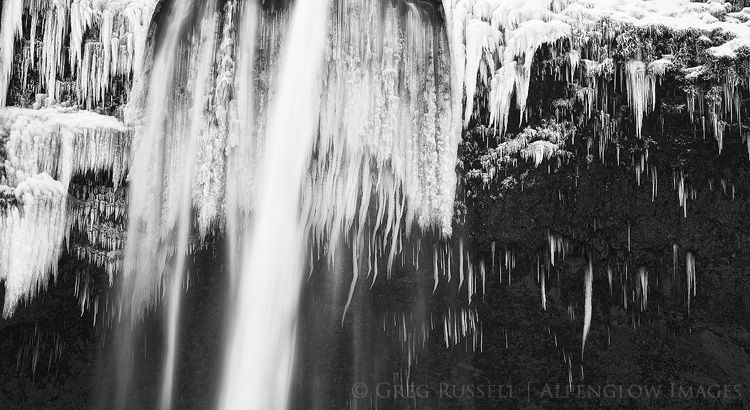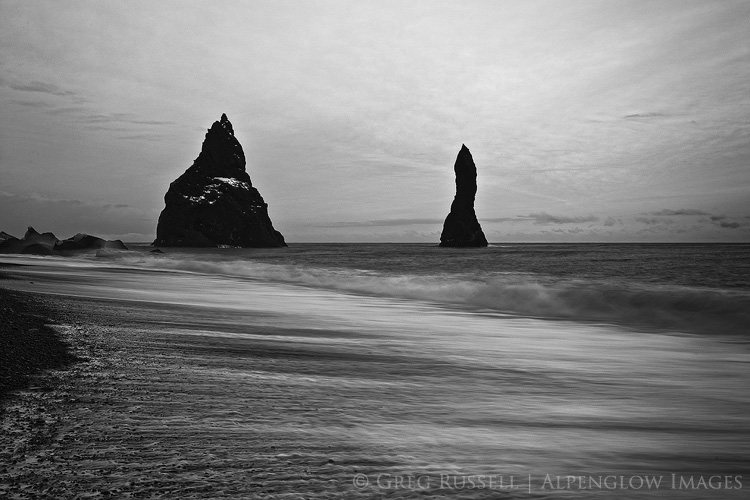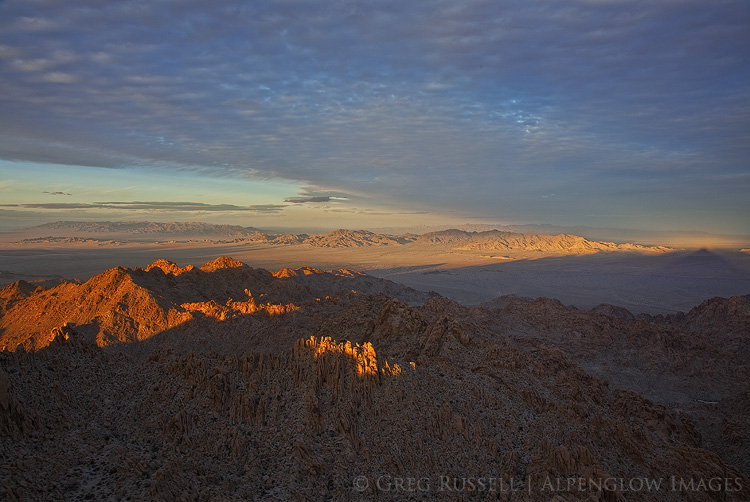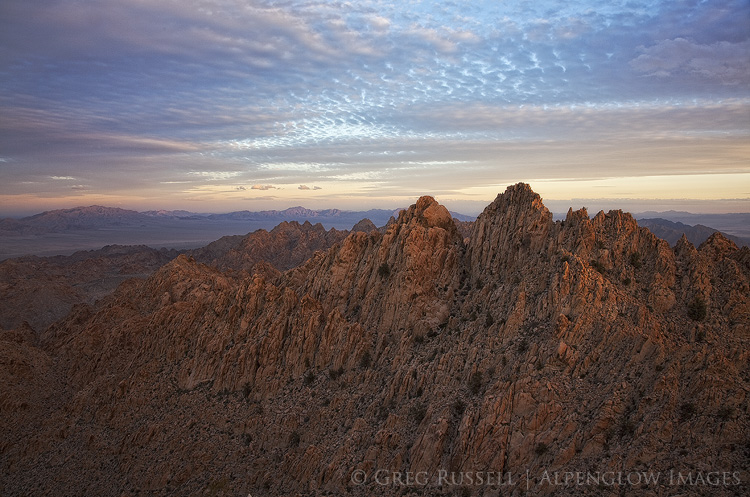It’s been a while since I’ve had a guest post on my blog, and this is really more a cross-posting than a guest post, but I’m honored to have Dawn Chandler’s essay here nonetheless. Dawn is a long-time friend from New Mexico and I asked her to post this blog post as a follow up to my own Bosque del Apache images, partly because I can’t get those birds off my mind, partly because I wanted to share another artist’s perspective of the Bosque, and partly because I really admire her art and have been looking for an excuse to post some of it here. So many thanks to Dawn for allowing me to share. You can see more of Dawn’s artwork here.
finding grounding in the new year
I never would have thought I’d find grounding in the sky; in flight.
This new year loomed for me with a feeling of. . . . . . lack of focus? Imbalance?
My birthday is in the week between Christmas and New Year’s—a weird time when I always feel kind of in limbo, what with a sort of post-Christmas deflation coupled with contemplation about the year’s end, and uncertainty of what the new year may bring.
This winter in particular, coming onto my 51st birthday and flipping through my new 2016 calendar, I felt oddly vulnerable by the blank pages, the lack of plans. I felt a little lost in the shadow of such big accomplishments and huge travel last year. In a rare wave of uncertainty, I felt unsure where to place my focus, both in my studio and really kind of life in general. This wasn’t a sharp uncertainty, but more a kind of sluggishness.
We—[My Good Man and I]—had plans to travel over my birthday and New Year’s, but the voice of frugality (which sounded uncannily similar to my dear late mother’s) whispered to me, and so with much disappointment I cancelled those plans.
But I like doing something special on my birthday, to make the day stand out. And so, Plan B.
We rose in the wee hours of the morning on My Day and headed down to the Bosque del Apache National Wildlife Refuge, some 100 miles south of Albuquerque. Established in 1939 and comprising some 57,000+ acres on either side of the Rio Grande south of Socorro, ‘The Bosque’ is the wintering ground of thousands migratory birds, especially snow geese and sandhill cranes.
I like birds, and always have. My mother used to feed them back in our New Jersey home with an almost religious fervor. If ever there were a question of who to feed first during a blizzard—her own children or the birds—she very well may have chosen the birds (fortunately her loyalty was rarely tested on this). She tended several feeders in our yard, including a beautifully crafted wooden one that sat front and center in a dining room window—a handmade gift from my father in the early years of their marriage. Nearly every meal of my childhood was spent in the company of birds dining on the other side of a thin pane of glass or veil of screen.
But I don’t think I ever really saw birds until a few weeks ago when the sandhill cranes of the Bosque glided into my awareness.
And now I’m infatuated.
I don’t know, but it was as though there was this tiny shadowed corner of my being that I didn’t even know was there, but when I witnessed these graceful, elegant birds soaring, gliding, cooing and flying close overhead, that shadowed corner in me suddenly became illuminated with pure joy.
And so we returned in January, again…and again…and again, making a total of five excursions to the Bosque, two by first light, three by last.
Because all I can think about now are birds—about cranes especially—and their movements and their staggering journeys.
4,000 miles.
That’s how far the sandhill cranes will travel this spring.
Think about that.
From New Mexico to the northern most reaches of Alaska and Canada. Some even fly from Mexico to Siberia. SIBERIA!
They can live 20 years or more in the wild.
They mate for life.
And in some western states in the US, it’s legal to kill them for sport.
~
~ ~
I’m kidding, right?
~ ~
~
I wish I were.
~
~ ~
The first book I read this year is Sandhill and Whooping Cranes: Ancient Voices Over America’s Wetlands, by Paul A. Johnsgard. This paragraph—like every crane I’ve had the joy of observing—takes my breath away:
Considering the incredible hardships that lesser sandhill cranes must undergo to complete their epic spring migrations, to raise chicks under the most severe environmental conditions, and to accompany them back [thousands of miles] to traditional winter grounds while enduring a threat of gunfire from Alaska to the southern United States or Mexico, one must wonder about the humanity of people who think that killing cranes can possibly be sporting.
Well, I’m bringing those cranes who have been shot back to life, if only with paper; if only with paint.
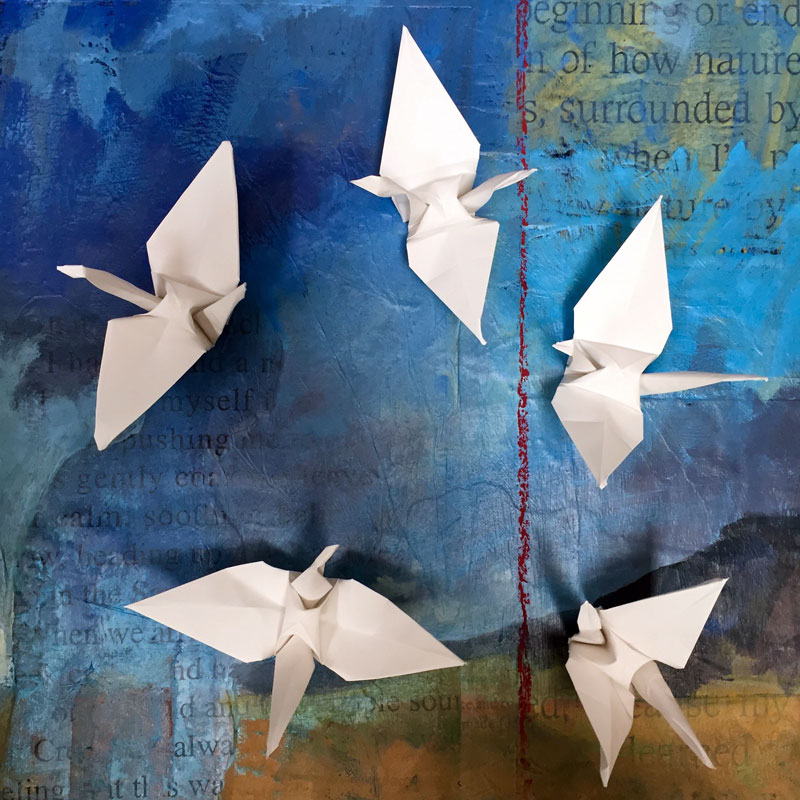
The cranes and snow geese and hawks and so many winged spirits of The Bosque are converging in great flocks in my studio, some in flicks and flecks of paint, some in inky calligraphic swirls, still others in folds and creases.
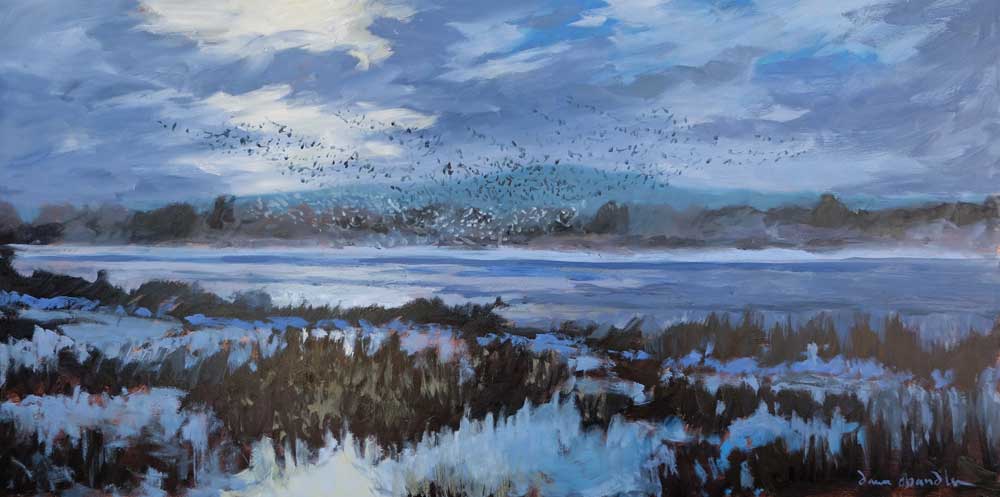
‘bosque morning rising’ ~ by dawn chandler ~ oil on panel ~ 12″ x 24″

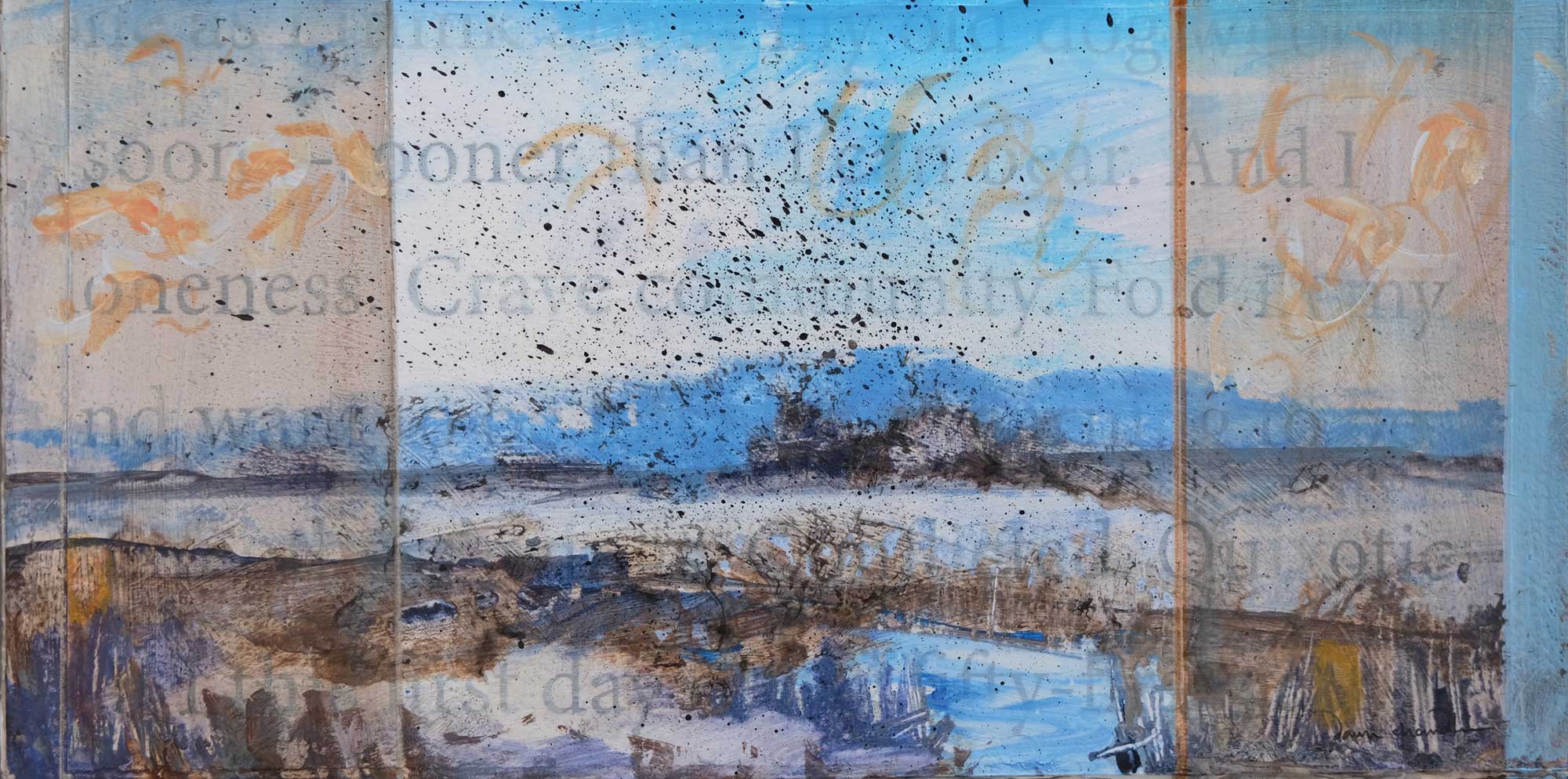
‘finding community’ ~ by dawn chandler ~ mixed media on panel ~ 6″ x 12″
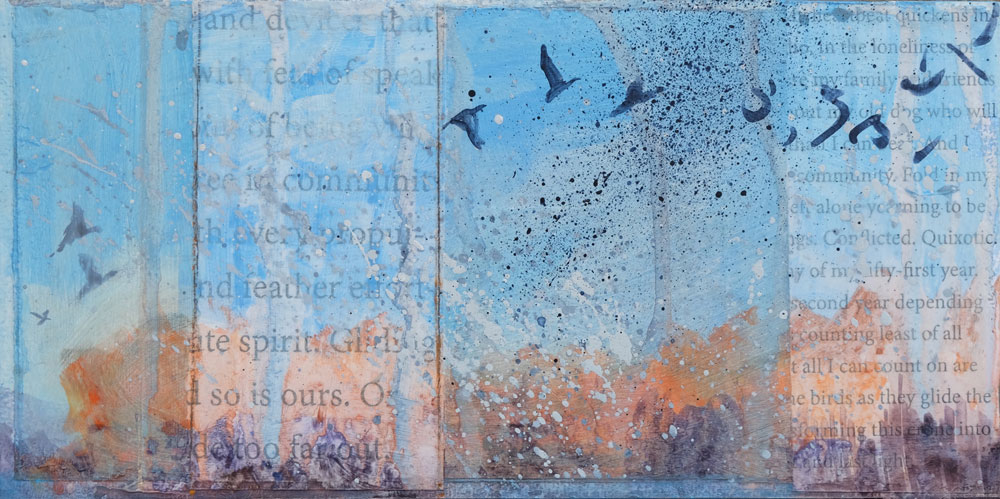
‘our spirits gliding’ ~ by dawn chandler ~ mixed media on panel ~ 6″ x 12″
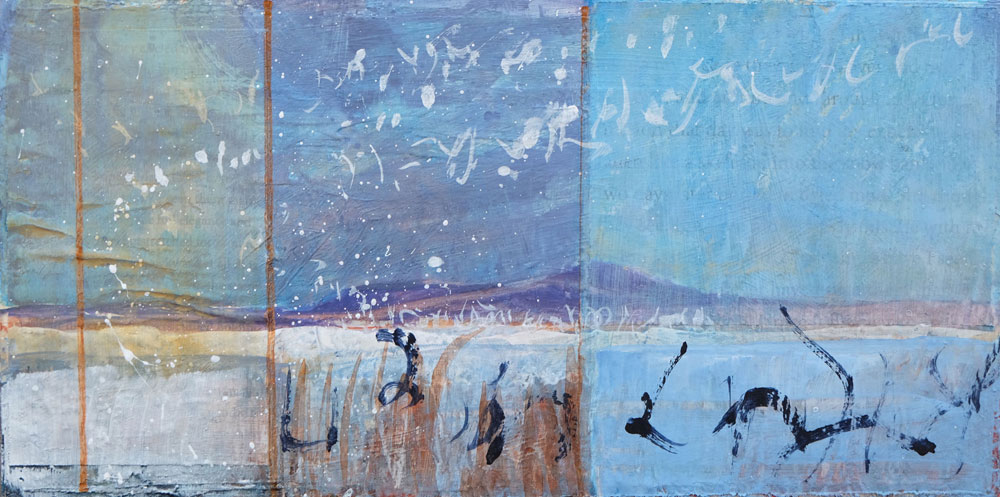
‘evening dawns’ ~ by dawn chandler ~ mixed media on panel ~ 6″ x 12″
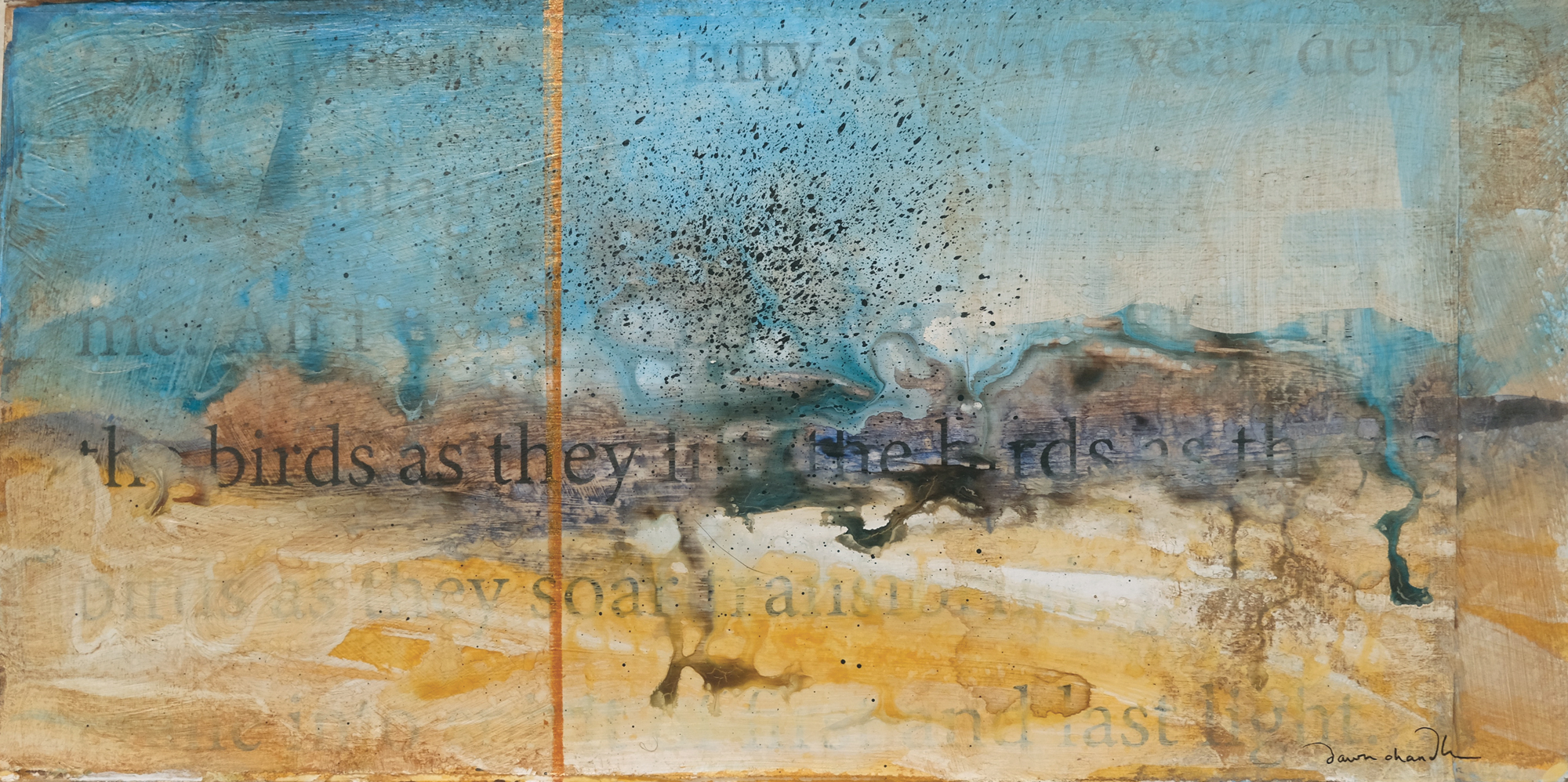
‘as they soar’ ~ by dawn chandler ~ mixed media on panel ~ 6″ x 12″
But of all the birds I’ve observed this winter, it’s the cranes who keep haunting me. . . .
Many cultures revere the crane as a symbol of good fortune, prosperity and peace. And yet the peace I find when I think about and observe these majestic beings leads me to understand that they are more than creatures, more than a symbol.They are peace in motion. And they’re moving across the pages of my calendar, the pages of my art, deep into my new year.
I can hardly wait until November, when they soar back to New Mexico, grounding me again.
~ ~ ~ ~ ~ ~ ~ ~ ~ ~
To see more of my photos of the Bosque del Apache National Wildlife Refuge, check out my Instagram account at instagram.com/taosdawn/ as well recent posts at the Travel New Mexico instagram account at instagram.com/travelnewmexico/
